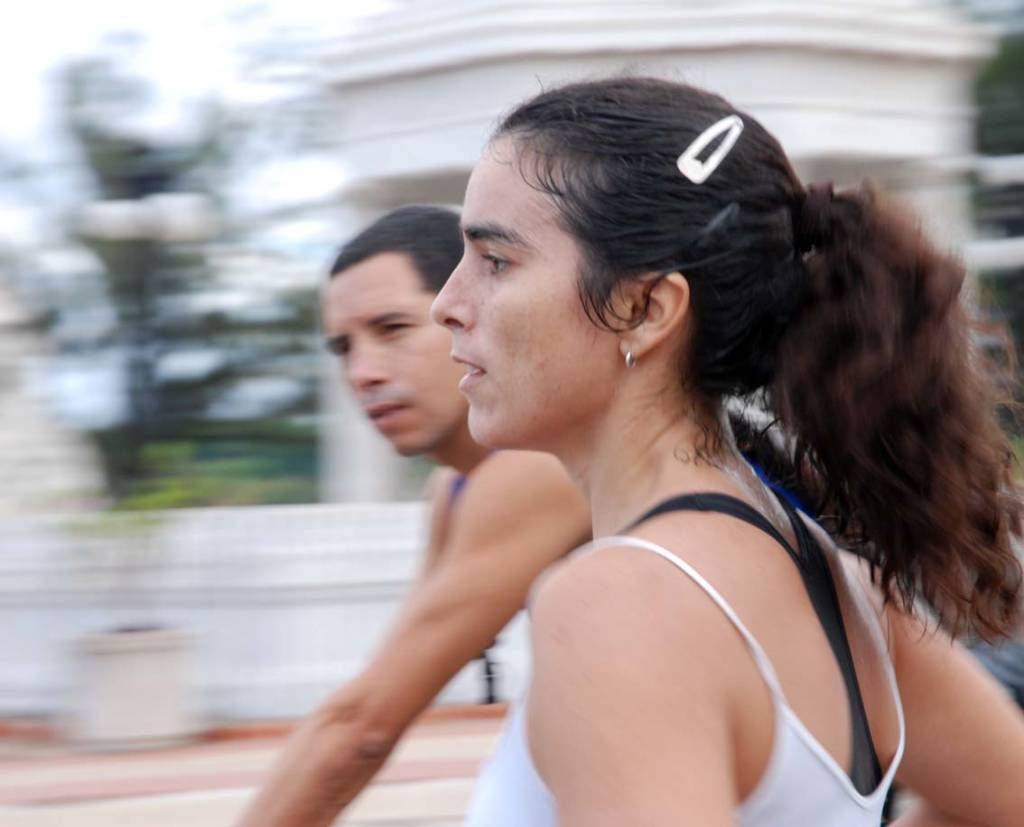Sports City & Cuba’s Push for Exercise
A Cuban sports center where fitness training flourishes.
Yenisel Rodriguez

Early every morning, people of all ages start showing up on the running track at Havana’s Ciudad Deportiva “Sports City” complex. Since this institution is one of the largest sports centers in the country, it’s an excellent indicator for diagnosing the willingness of average people to incorporate exercise into their daily life routines.
For those who highly value the disease-preventing and healing powers of physical exercise, it’s rewarding to see people of all ages, economic classes and others enthusiastically turning to the different facilities at Sports City to participate in different sports or to simply exercise.
Seniors walk around the athletics track in small groups, immersed in controversy, while occasionally carrying day packs with their purchases for the month. “Housewives” and young professionals engage in the most varied training, some to mitigate postpartum effects, others to combat midlife paunches, and some simply seeking to highlight attractive appearances.
I’ve known women who walk more than four miles every day just to get to this center, where they then participate in their programs to “get in shape.” Others sneak out on their macho husbands in order to participate in swimming exercises offered in the center’s pools.
Other sports facilities in the capital—though each affected by precarious infrastructure—enjoy the participation of neighborhood residents who go to them regularly with sportive spirits.
Beyond Sports City, these other popular athletics centers are in the process of accelerated decline. Nevertheless, people still manage to practice sports at these centers without being deterred by the lack of First World amenities and aesthetics.
The attachment to exercise is flourishing throughout Cuba, especially when backed by well-designed promotional initiatives, whether governmental or private.
For example, basic exercise equipment has been installed in specific locations throughout the city, these have served to trigger a popular demand for exercise.
Perhaps this is one of the few cases in which TV advertising, the existing infrastructure and the needs of people have ever merged in the same space-time continuum to generate positive practices and a true social consensus.
